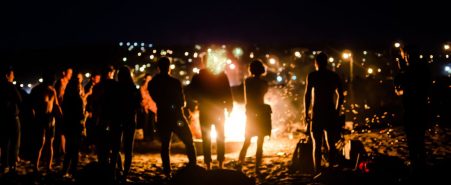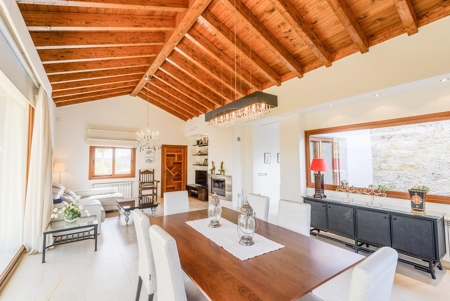Easter Week in Andalusia will be celebrated from Sunday 2nd April to Sunday 9th April 2023. Easter Week in Andalusia is known as one of the most followed and impressive in the whole world. Do you want to discover how to experience Easter Week in Andalusia? Then keep reading!
The Semana Santa, Spanish for Holy Week, is the name with which the week previous to Easter Sunday is known. From the last Sunday of Lent (Palm Sunday) to Easter Sunday, the believers carry the thrones of their cofradías (fraternities) on their shoulders through the streets of the Andalusian cities and the processions that accompany them are truly impressive, creating an atmosphere of emotion and religious significance.
The Holy Week of Malaga and the one in Seville are undoubtedly the most unusual ones, as they are known for their music, colours and the joyful way with which locals celebrate the last week before Easter, in contrast with the more serious celebrations in the rest of Spain.
A very typical part of the Holy Week in Andalucia is the saeta, that is to say, Flamenco verses are sung spontaneously to the thrones as they pass by. However, this is not to be intended as a lack of respect, as it is a peculiar and extremely religious way of feeling the devotion towards Easter.
Every fraternity or brotherhood has its own colours, and every one of them carries one to four thrones, usually the first representing Jesus Christ in various stages of the Passion, and the second representing mourning Virgin Mary, escorted by a variable number of Nazarenos.
The Nazarenes are people belonging to the brotherhoods, who wear ropes in the colours of the fraternity, a hood with a conical tip, called capirote, that makes them look like they are wearing a mask. The Nazarenes usually carry processional candles, wooden crosses or other necessities, depending on their position inside the procession.
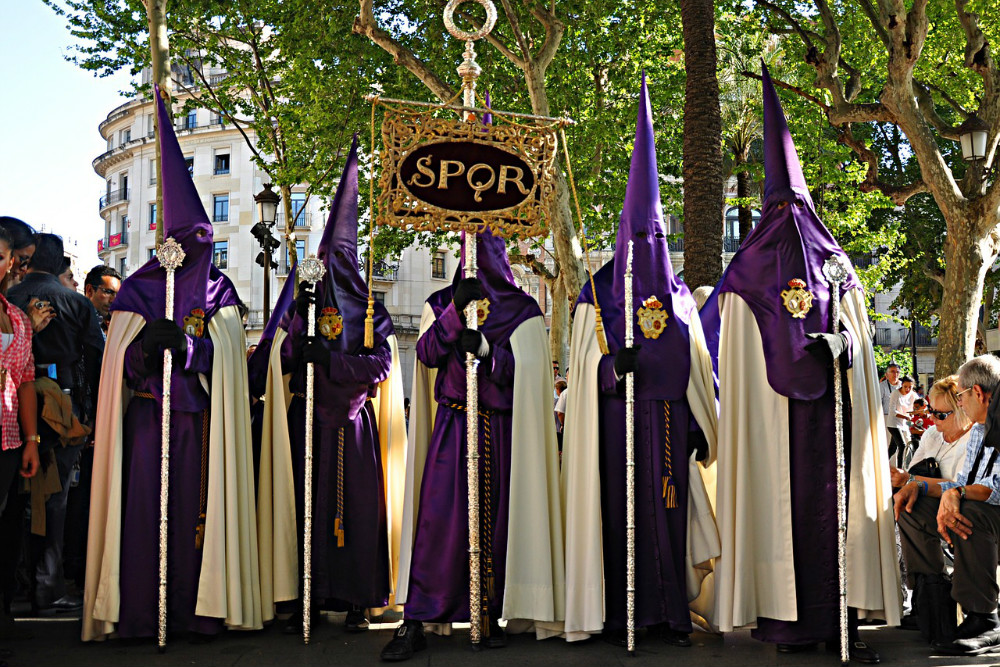
The processions of the 60 brotherhoods in Seville and more-than-40 in Malaga usually present the same sections, which are repeated for both thrones, or pasos, as they are known in Seville:
- Cruz Guía: a cross, symbol of Christianism, that opens the procession, with the colours of the fraternity.
- Insignia section: badges representing scenes of the Passion or Jesus’s life.
- Beginning of the procession: drumstick, horns, and canes section.
- Children section: groups of children playing little bells or, during the processions of Palm Sunday, carrying palm branches.
Part that repeats for both thrones:
- Insignia representing the image of the following section of the procession, together with a flag representing the fraternity and a Nazareno carrying the statute-book.
- Two long lines of Nazarenos that carry processional candles.
- People representing the brotherhood.
- Acolytes carrying processional candlesticks and censers.
- Throne majordomos and capataz, a person who plays the bell to give orders to the men carrying the throne, after receiving the instructions from the throne majordomo. Two short tolls followed by a longer one indicate that the men have to let the throne down or put it on their shoulders, while a fourth toll makes the men move.
- The throne with the images of the Brotherhood, be it firstly of Jesus and secondly of Virgin Mary, carried on shoulders or the neck by the components of the brotherhood. The biggest ones might weigh more than five tonnes (the heaviest being the throne of the Virgin of Esperanza in Malaga, with 5100 kg) and be carried by up to 260 people, usually men, with a tiny percentage of women in some fraternities. The thrones are composed of a golden wood base, on which there is a realistic image of Jesus or Virgin Mary. The base relies on 6-to-8 long poles that are supported by the shoulders or the neck of the brothers of the cofradía, depending on the city. As a symbol of royalty, the statue of Virgin Mary usually carries a crown, a richly decorated cloak, is surrounded by candles and flowers, and is covered by a pallium.
- Marching band playing marchas procesionales, a type of compositions specifically created to accompany the thrones and honor the sacred images.
- End of the procession: public authorities followed by devoted citizens who do acts of penitence or make vows to Christ or the Virgin Mary.
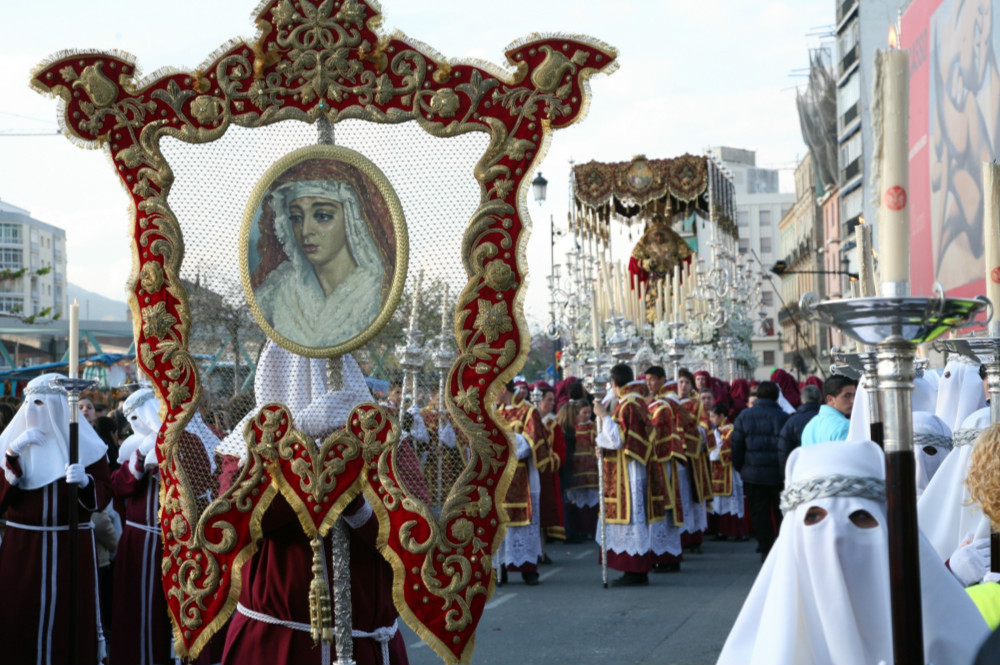
Places to stay in Andalucia
Now that you know everything about the Holy Week in Andalucia, you may want to spend the week in one of the main cities that spectacularly celebrate the Holy Week. If you are looking for a place to stay, check the holiday homes in Andalucia, great accommodation where you can relax and recharge batteries before and after seeing the grand processions.
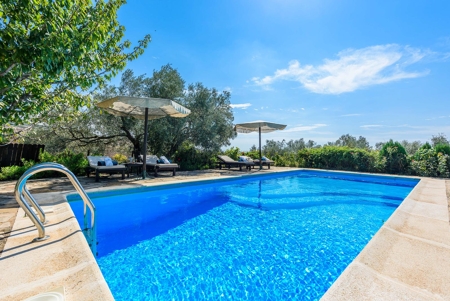

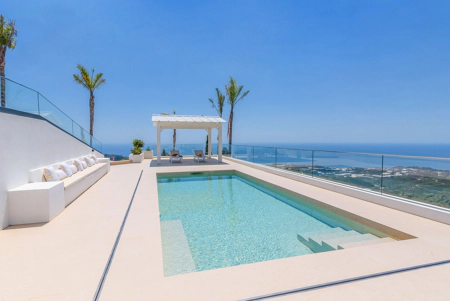
The Holy Week in Andalucia is incredibly spectacular, and it is waiting for you to enjoy it as the Andalusian people themselves!
Do you have any more doubts or questions about the Holy Week in Andalucia? Do you want to dig more deeply into the information about this celebration? How do you plan to spend the Holy Week in Andalucia? Leave a comment; we want to know!

 (7)
(7)

